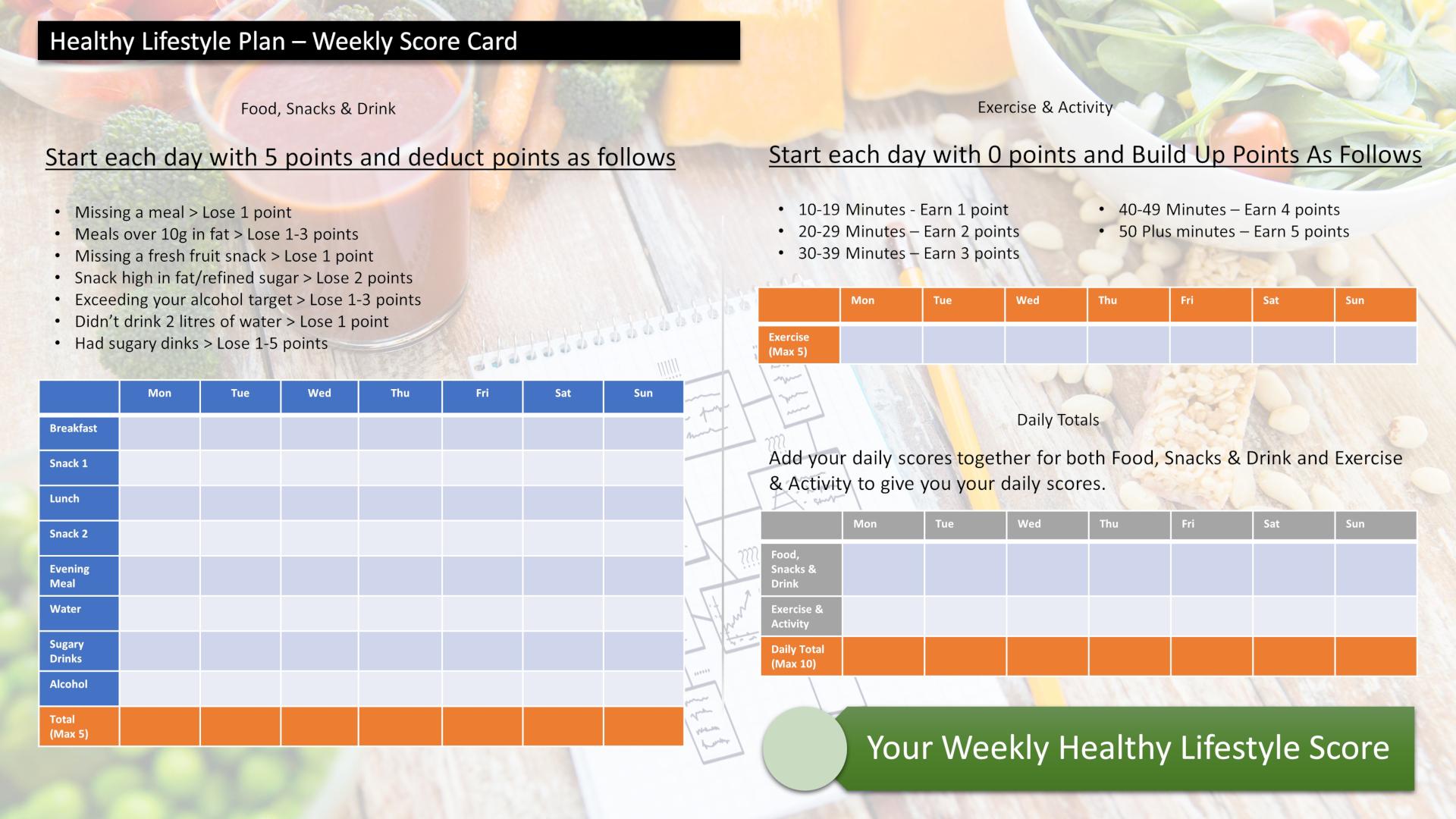Having recently taken up this new hobby of mine it is now important to me to get fit for badminton. Equally I know I need to get fit to win, and being a competitive type this is crucial to me. I have to be honest and admit to my frustrations at the moment that I just don’t seem to be seeing much progress with my badminton game and worse still, I don’t seem to be able to beat somebody that I k now that I am better than. I know fitness plays a large part.
So now’s the time to spend just a little more time on my fitness I know this will bring about significant improvements in my game. One thing that I have discovered is that badminton is an extremely physically demanding game and it does test your fitness levels.
Badminton has been described as “the fastest racket sport in the world”, requiring the player to perform explosive exercises like jumping, running, stretching, twisting, throwing and smashing. It requires specific physical and physiology attributes – such as great court speed and agility. So the physiological demands that badminton places on the body requires intense fitness preparation.
The right training programme will include cardio and strength exercises.
Strength Training
Sufficient strength is important because it will enable you to be more powerful and hit the shuttlecock harder. Badminton performance will be improved once you develop physical power and you will find the force applied to the shuttle through your racket and physical body is far improved.
Equally important is the fact that playing badminton puts a lot of tension onto your muscles. Both your upper and lower body are going to be challenged so you need to be working on these muscles in particular: shoulders, , pectorals, biceps and triceps and your core muscles. Then for the lower body your quadriceps, hamstrings and calves).
Aerobic Training
To me the vital part at this precise moment is my cardiovascular fitness. I need to be fit enough to run for 45 minutes at a fast pace. I will be looking to train short bursts at a high intensity.
I know at this moment our games seem to involve lots of back court play intermingled with drop shots bringing you forward. We may play 10 to 12 shot rallies bringing us backwards and forwards on the court. I know as my cardio or aerobic fitness improves I will be able to get around the court easier, and go on for a longer period, keeping my fitness levels high no matter how ling or intense the rallies are.
Currently I know my fitness is not where it needs to be, and due to this I have a tendency to make mistakes because my alertness is waning, and not get to certain shots because I’ve already exhausted my energy. There is no doubt that aerobic fitness is likely to be closely related to success in long games.
Speed & Agility Training
Speed and Agility
Speed and agility are associated to strength and are both vital to our badminton game. Speed will improve when both our strength and power are superior. Improvements in speed and agility will mean you are able to get around the court quicker, get to the right places in time, I’m thinking particularly when your opponent has the tendency to keep playing drop shots, and the agility will help you change direction faster very necessary when your opponent continuously hits the shuttle of the racket frame which then changes the path of the shuttle often catching you out.
Flexibility Training
Flexibility training involves stretching a joint through its whole range of motion. You are going to place great demands on your body during a game of badminton. Improved flexibility allows a greater range of limb and joint motion during play, and therefore more power.
Flexibility training ensures the complete range of movement is possible for each of the major joints and muscles. This enables you to turn, reach, twist, stretch and turn with less effort.
Core Stability Training
Your core muscles help to stabilise the spine, pelvis and shoulders. So much of your strength as well as your power to move your body around the court comes from your core, as does jumping to smash that shuttlecock across the net to win those important points. To me your core is the engine of your bodies muscular ability, and is the foundation of your strength, power and movements . Core stability training helps to promote overall balance and muscle control as well as reducing injury risk and muscle imbalances.
My solution is going to involve circuit training. This is where I will perform different exercises at high intensity for short periods, followed by quite short rest periods. I will write on this in the week.
Score Your Way To Good Health - With Our Healthy Lifestyle Plan
Score your way to good health with our healthy lifestyle plan and it's unique 70 point weekly scorecard!



